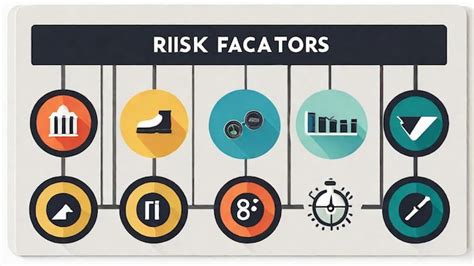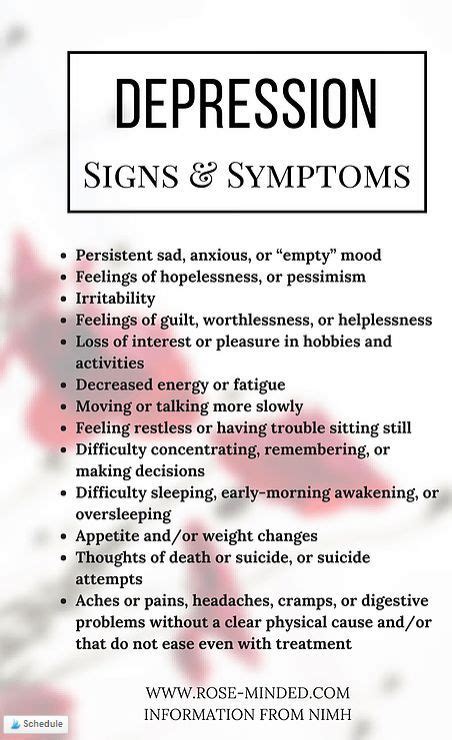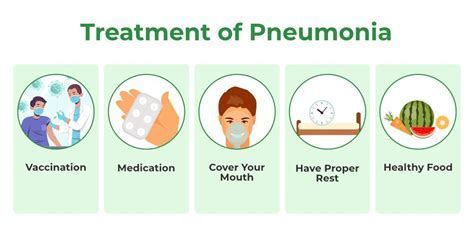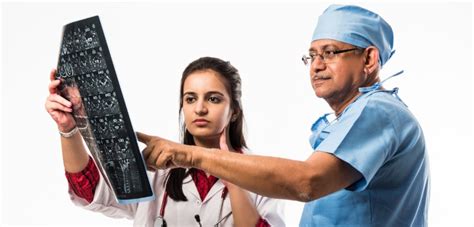Intro
Identify pubic lice symptoms, including itching, redness, and tiny eggs. Learn about crabs, genital lice, and intimate area infestations, and discover treatment options for this common STD-related issue.
Pubic lice, also known as crabs, are a type of parasitic insect that infests human pubic area, causing discomfort and embarrassment. The symptoms of pubic lice infestation can vary from person to person, but there are some common signs that can indicate the presence of these unwanted creatures. It is essential to recognize the symptoms of pubic lice to seek proper treatment and prevent further complications. Pubic lice are usually spread through sexual contact, but they can also be transmitted through shared clothing, bedding, or towels. Understanding the symptoms of pubic lice is crucial for early detection and effective treatment.
The symptoms of pubic lice can be mild or severe, depending on the individual's sensitivity and the severity of the infestation. Some people may not experience any symptoms at all, while others may exhibit noticeable signs of infestation. The most common symptoms of pubic lice include intense itching in the pubic area, which can be worse at night. This itching is usually caused by the lice's saliva, which can trigger an allergic reaction in some individuals. Other symptoms may include visible lice or eggs, also known as nits, in the pubic hair, red or blue spots on the skin, and irritation or inflammation of the affected area.
Pubic lice can cause significant discomfort and distress, especially if left untreated. The itching and irritation can lead to secondary infections, such as bacterial or fungal infections, which can further complicate the condition. Therefore, it is crucial to recognize the symptoms of pubic lice and seek medical attention if an infestation is suspected. A healthcare professional can diagnose pubic lice by examining the affected area and prescribing appropriate treatment. Early detection and treatment can help prevent further complications and alleviate the discomfort associated with pubic lice.
Causes and Risk Factors

Transmission and Prevention
The transmission of pubic lice can be prevented by taking simple precautions. Practicing safe sex, such as using condoms, can reduce the risk of transmission. Avoiding shared personal items, such as towels or clothing, can also prevent the spread of pubic lice. Furthermore, maintaining good hygiene, such as washing clothing and bedding regularly, can help prevent infestation. It is essential to be aware of the risk factors and take preventive measures to avoid pubic lice infestation.Symptoms and Signs

It is essential to recognize these symptoms and seek medical attention if an infestation is suspected. A healthcare professional can diagnose pubic lice by examining the affected area and prescribing appropriate treatment.
Treatment Options
The treatment options for pubic lice typically involve over-the-counter medications or prescription medications. The most common treatments include: * Permethrin cream rinse * Pyrethrin shampoo * Ivermectin lotion * Malathion lotionIt is crucial to follow the instructions carefully and complete the full treatment course to ensure effective elimination of the lice. Additionally, it is essential to wash clothing, bedding, and towels in hot water and dry them on a hot setting to prevent re-infestation.
Diagnosis and Examination

It is essential to be honest and open with the healthcare professional to ensure accurate diagnosis and effective treatment. The healthcare professional may also perform additional tests, such as a blood test or a skin scraping, to rule out other conditions that may be causing the symptoms.
Complications and Secondary Infections
The complications and secondary infections associated with pubic lice can be significant. If left untreated, pubic lice can lead to secondary infections, such as bacterial or fungal infections. These infections can cause further discomfort, irritation, and inflammation of the affected area. Additionally, pubic lice can also increase the risk of transmitting other sexually transmitted infections (STIs).It is crucial to seek medical attention if an infestation is suspected to prevent further complications and secondary infections. Early detection and treatment can help alleviate the discomfort associated with pubic lice and prevent long-term consequences.
Prevention and Control

It is essential to be aware of the risk factors and take preventive measures to avoid pubic lice infestation. Additionally, educating oneself and others about the causes, symptoms, and treatment options can help prevent the spread of pubic lice.
Public Health Implications
The public health implications of pubic lice are significant. Pubic lice can increase the risk of transmitting other STIs, such as HIV, syphilis, and gonorrhea. Additionally, pubic lice can also lead to secondary infections, such as bacterial or fungal infections, which can further complicate the condition.It is crucial to address the public health implications of pubic lice by promoting education, awareness, and prevention. Healthcare professionals, educators, and community leaders can play a vital role in promoting safe sex practices, good hygiene, and preventive measures to avoid pubic lice infestation.
Treatment and Management

It is essential to follow the instructions carefully and complete the full treatment course to ensure effective elimination of the lice. Additionally, it is crucial to wash clothing, bedding, and towels in hot water and dry them on a hot setting to prevent re-infestation.
Follow-up and Support
The follow-up and support for pubic lice treatment are essential to ensure effective elimination of the lice and prevent re-infestation. A healthcare professional may schedule follow-up appointments to monitor the individual's progress and provide additional guidance and support.It is crucial to attend follow-up appointments and adhere to the treatment plan to ensure effective management of pubic lice. Additionally, seeking support from friends, family, or support groups can help individuals cope with the emotional and psychological impact of pubic lice infestation.
What are the symptoms of pubic lice?
+The symptoms of pubic lice include intense itching in the pubic area, visible lice or eggs (nits) in the pubic hair, red or blue spots on the skin, and irritation or inflammation of the affected area.
How are pubic lice transmitted?
+Pubic lice are usually transmitted through direct contact with an infested person, typically during sexual activity. However, they can also be transmitted through indirect contact, such as sharing clothing, bedding, or towels.
What is the treatment for pubic lice?
+The treatment for pubic lice typically involves over-the-counter medications, such as permethrin cream rinse or pyrethrin shampoo, or prescription medications, such as ivermectin lotion or malathion lotion.
In conclusion, pubic lice are a common problem that can cause significant discomfort and distress. Understanding the symptoms, causes, and treatment options is essential to prevent further complications and alleviate the discomfort associated with pubic lice. By promoting education, awareness, and prevention, we can reduce the risk of transmission and improve public health outcomes. If you suspect you have pubic lice, do not hesitate to seek medical attention and follow the treatment plan to ensure effective elimination of the lice. Remember to practice safe sex, maintain good hygiene, and take preventive measures to avoid pubic lice infestation. Share this article with others to promote awareness and education, and let's work together to prevent the spread of pubic lice.
